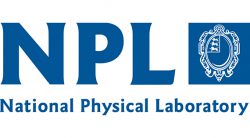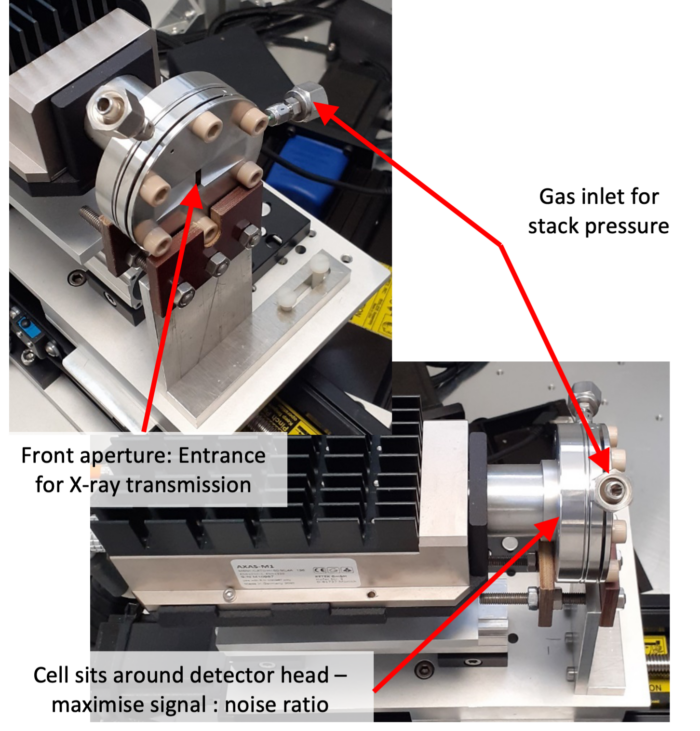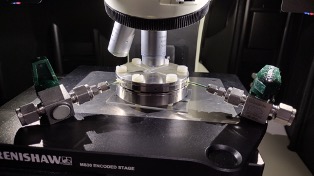This website uses cookies so that we can provide you with the best user experience possible. Cookie information is stored in your browser and performs functions such as recognising you when you return to our website and helping our team to understand which sections of the website you find most interesting and useful.

Multimodal, Operando Raman and X-ray Spectroscopies of Electrochemical Energy Storage Materials (MORSE)
This project has developed new capability in the UK for performing multimodal operando Optical and X-ray characterisation of battery materials. This will support the UK battery industry in understanding current and future generation materials for safe and efficient electrochemical energy storage, thus enabling our drive towards Net Zero. £150k of Royce ICP funding facilitated this project.
The development of batteries with improved energy density, durability, safety, and cost requires a deep understanding of structural and chemical changes taking place in electrode materials during cell cycling and the ability to correlate these properties with performance. Various operando spectroscopy methods are available for measurement of these changes, but the protocols and hardware adopted vary wildly across different laboratories and techniques, making data comparability very challenging. There is hence a need for an operando methodology that is compatible with multiple techniques, enabling a more harmonised approach.
In this project we have designed a new operando battery cell that enables several different techniques including laboratory-based X-ray absorption/emission spectroscopy, X-ray diffraction and Raman spectroscopy (see appended photos). The cell is also compatible with synchrotron methods such as pair distribution function measurements. In addition to this multifunctionality, what sets this design apart from other operando cells is the unique approach to maintaining internal stack pressure during measurements using a novel pressurised spectroscopic window. This cell is the first of its kind in the UK and offers assured consistency to the battery industry and academics working on materials research.
We envisage immediate impact on UK industry (including materials and device manufacturers) and academia who require advanced battery characterisation tools. In the longer term, the new knowledge generated is expected pave the way for improved batteries for automotive applications, as well as large scale energy storage.
This project is just a starting point in developing multimodal (i.e. simultaneous) operando spectroscopy targeted towards green energy materials and continued academic and industrial collaboration is planned.
|
Robert Weatherup
Associate Professor, University of Oxford and Visiting Scientist, Diamond Light Source.
Collaborators
| This project brought together groups at Oxford and NPL with complimentary expertise in operando spectroscopy of energy storage materials. Development of the multifunctional cell design leveraged unique knowledge and experience from these partners in using operando Raman and X-ray spectroscopy and diffraction for this application.
Royce funding supported staff time at NPL and Oxford. The Royce capability of lab-source X-Ray Absorption (XAS) spectroscopy at the Centre of Energy Materials Research (CEMR), Oxford University provided the fundamental measurement support needed to develop the cell. |





